
Skateboarders have worn a lot of different pants over the years, but smarty-pants have never really been the favored look. Things are changing though. Our culture has somehow lasted long enough to mature somewhat, to the point where we have serious scholars writing long and well-researched theses about us and our silly little skateboards. Crazy, right? But these are the times we find ourselves in, so why not educate yourself as well?
Consider this article your orientation to skate school, your first step in securing that highly-prized Bachelor’s in Skate Science from Jen Kem™ University. We tapped our book-smart contributors to help us roundup four dissertations written about four different aspects of skate culture (architecture, society, business, and gender) for you to impress your teachers.
Most street skaters are familiar with the physical barriers intended to prevent skating-skate stoppers: harsh cobblestone, ledges with builtin notches or knobs. But unless you’re studying the nuances of how the urban environment is developed you probably haven’t thought much about these obstacles other than bumming that your spot isn’t skateable (or how you can still get a trick there.)
Ex-Birdhouse pro Ocean Howell, who is now a professor at the University of Oregon, explores the privatization of public spaces in “The Poetics of Security: Skateboarding, Urban Design and the New Public Space.” Howell argues that the urban plazas which street skating was raised in are part of a shift in urban public space; moving away from spaces like parks that welcome all walks of life to plazas designed specifically for certain groups of society. To dictate what groups are welcome in these plazas the architects employ defensive architecture, a “network that filters out unintended users” that includes everything from skate stoppers to textured slate walls intended to deter graffiti.
He goes on to delve into the surveillance behind developing defensive architecture, designing a space that may not look like a fortress, but that subtly prohibits unintended activities like benches being used for homeless naps or nosegrinds. It’s also interesting to hear his perspective on skateboarding being coopted via surveillance in 2001: He calls skateparks “theme parks,” saying that skaters “can have all the fun of contesting the commercialized city, with none of the fuss of social conflict.” The fruits of surveillance aren’t limited to architecture, he notes, pointing out Nike’s famous “what if we treated all athletes like we treated skateboarders” ad campaign and ESPN’s X Games as examples of private companies monetizing skateboarding by coopting the struggle between skaters and the property owners trying to exclude them. It’d be interesting to hear what he has to say about the state of skate and corporate involvement in 2016.
This paper is likely the only time that Michel Foucault is quoted alongside Greg Carroll. Even though it’s written for urban studies academia, it’s definitely approachable for skaters that read at a college level. He explains the duality of his life at the time existing as an office worker during the week, eating lunch in the same plazas that are designed to keep him from skating there on the weekends. It’s a feeling that most skateboarders who have graduated from being a skate rat to managing undesirable responsibilities like monthly bills, is probably familiar with. In spite of abandoning the pro circuit for academia he’s still one of us; thankfully defensive architecture didn’t stop him from filming his timeless mini-part in the 2005 Ipath promo.
Read Ocean Howell’s paper here…
-Ian Browning
Every self-aware skateboarder has at one point asked themselves, am I a kook? Such introspection invariably leads one to question the very framework of the skateboarder’s identity: What is core and what is kooky, and who decides what is what? Or, as Tyler Dupont asks in his article “From Core to Consumer: The Informal Hierarchy of the Skateboard Scene,” “where do skaters draw the ideological boundaries in and around their subculture, and how are they maintained?”
By embedding himself as a participant observer in the skate scenes of Phoenix, Arizona and Buffalo, New York, Tyler explored the ambiguous hierarchies that exist within our culture, and attempted to map out the blurry social distinctions so often argued about behind skate shop counters and message board forums. Skaters have long known that there’s levels to this shit, Tyler’s work attempts to delineate them.
The study breaks down the insider skate hierarchy into a three tiered pyramid made up of the core, the soft-core, and the outsiders. The core consists of those rich in the three currencies that determine a skater’s core value: subcultural capital (knowledge/gear), social capital (industry connections), and commitment (the actual act of skateboarding or building the scene). The soft-core includes the random – that dude that can varial flip but can’t kickflip and probably won’t put in the effort to learn, and the grom – the annoying skatepark kid being pushed into trying 1080s by their father. Lowest on the totem pole are the outsiders: girls and consumers. Consumers, of course, are posers, akin to “the jock, ‘bro,’ or businessman,” they’re “the perceived winner within the dominant social hierarchy that the skaters attempted to leave behind.” The girls, however, are horizontally broken down into the invisible, and the ramp tramps. Though invisible girls may skate, they’re relegated to the margins by the male-dominant culture, forced to occupy their own space. While ramp tramps (never thought you’d read that in a science journal, did ya?) enter the male dominated skate space “in the pursuit of obtaining status through sexual affiliation with a skater.” This social pyramid is reinforced by insular socialization, with the core’s values trickling downward.
There are obvious issues with marking these distinctions in ink rather than in pencil, as our culture is always moving faster and more fluidly than any social science can account for, but “From Core to Consumer” provides an interesting examination into the current distinctions, made for better or worse, within skate society. So next time you’re asking yourself whether or not you’re keeping it core enough, just tally up your subcultural currencies and you’ll know.
Read Tyler Dupont’s paper here…
-CK
There’s nothing too tricky here, the title of the study is “How Did Nike Get The Swoosh into Skateboarding,” and the piece does exactly that – lays out in 90+ pages the ingenious tactics Nike used to get into our skateshops.
To start, the author Brandon Gomez breaks down a comprehensive history of Nike within skateboarding, from when skateboarders embraced the shoes in the ’70s and ’80s, to when Nike officially entered the market for the first time in the ’90s and again the ’00s with their specialized Nike SB line. From there he takes us through all the strategies Nike SB implemented in 2002 to finally enter skateboarding successfully. They made product available only within core skateshops, they hired key members within the skateboard industry, and they advertised only in skateboard magazines and sponsored well-respected professional skateboarders.
The only bummer is that the study was done in 2012, so a lot of it is outdated with the rise of Instagram, online parts, and the rapid acceleration of the Nike program over the last 4 years. It also does not include any mention of Nike’s 2nd attempt to step into skateboarding through their brand Savier, which was an independent subsidiary of Nike.
Regardless on whether or not you like Nike SB’s story, the study is valuable because it breaks down how any outside company can weave themselves into the fabric of any other insular subculture, not just skateboarding. Over the last decade we have seen this happen at an accelerated pace, (just look at hiphop and EDM), making this Nike case study an extremely valuable manual on corporate strategies of market penetration.
Read Brandon Gomez’s paper here…
-James Lee
Becky Beal’s paper is an articulation of what most skateboarders know innately, but perhaps have never expressed before in words: that while we may fancy ourselves a true and unique subculture, different in meaningful ways from the jocks, we still retain a lot of jock-like tendencies. Her project is to show how skate culture has tried to distance itself from jock-ish ideas of masculinity, and how it retains certain jock-ish ideals of masculinity.
She begins the paper by outlining how skateboarders differ in their gender understandings from sports players. Football players, who her interview subjects position as the opposite of skateboarders, consider the ideal male to be competitive, team-oriented, socially and physically capable, and obedient to the coach. Most skateboarders, on the other hand, consider the ideal male to be expressive, rebellious to authority figures, and non-competitive. From her comparison, Beal concludes that skaters have built a different idea of masculinity from the dominant form in America.
None of this will be shocking to most skateboarders, who often leave primarily-male sports teams and enter the skate community, where they find a new attitude and set of ideas. What is more interesting and worthwhile for skates, in my opinion, is Beal’s insistence on the similarities between male skate culture and football culture. After conducting something around 40 interviews with skaters identifying as both male and female, Beal concludes the following:
Skateboarders, like football players, often describe the sport as being too tough for women, who are naturally frail. Skateboarders, like football players in their relation to cheerleaders, often understand female participants as motivated solely by a desire to date hot guys. And finally, that skateboarders, also like football players, consider the image of our craft to be too masculine to attract many female participants. Female and male skaters alike both seem to accept the idea that while there is nothing innately masculine about skateboarding, it’s still perceived as masculine enough to prevent female participation.
These parallels are as important as ever to understand and to understand precisely, so that we may catch ourselves before we slip into that masculine culture we tried so hard to leave behind.
Read Becky Beal’s paper here…
-Morley Musick
Related Posts
Comments
Popular
-
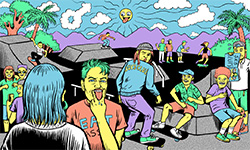 MY EXPERIENCES IN SKATEBOARDING
MY EXPERIENCES IN SKATEBOARDING
"I've been terrified of garnering the reputation of 'ramp-tramp' or 'pro-ho' just from spending time with skaters."
-
 WHAT WOULD MAKE SKATERS DITCH THE BIG SHOE BRANDS?
WHAT WOULD MAKE SKATERS DITCH THE BIG SHOE BRANDS?
We asked younger skaters how small shoe brands could win back their business from the big budget behemoths.
-
 WHAT THE HELL IS GOING ON WITH ILLEGAL CIV?
WHAT THE HELL IS GOING ON WITH ILLEGAL CIV?
The Illegal Civ stuff feels like an ongoing soap opera, so to air out any confusion we talked to a few key characters.
-
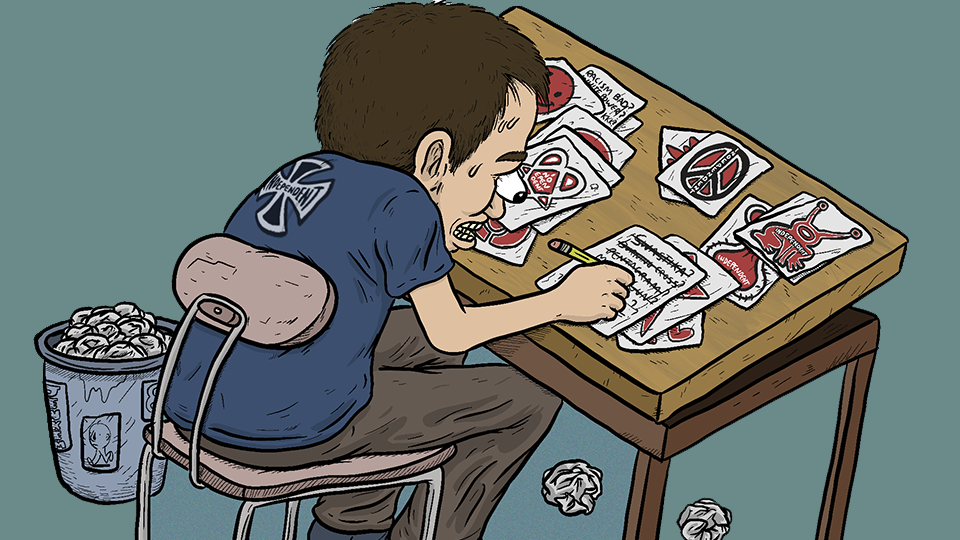 8 ARTISTS REIMAGINE THE INDEPENDENT LOGO
8 ARTISTS REIMAGINE THE INDEPENDENT LOGO
What would an Independent rebrand even look like?
-
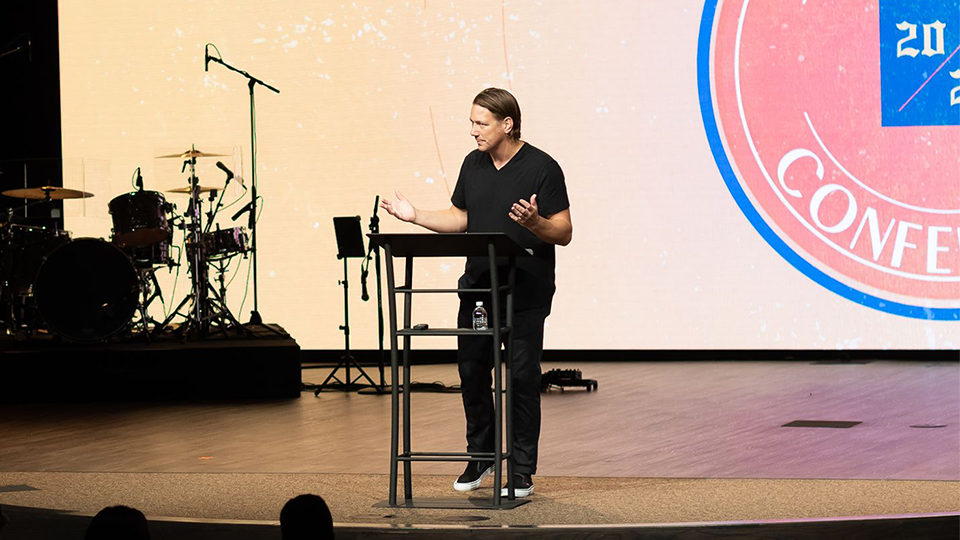 BRIAN SUMNER ON LEAVING THE SKATE INDUSTRY AND FINDING CHRISTIANITY
BRIAN SUMNER ON LEAVING THE SKATE INDUSTRY AND FINDING CHRISTIANITY
"People are going to hate you for different stupid reasons, but people shouldn’t be divided over the faith."





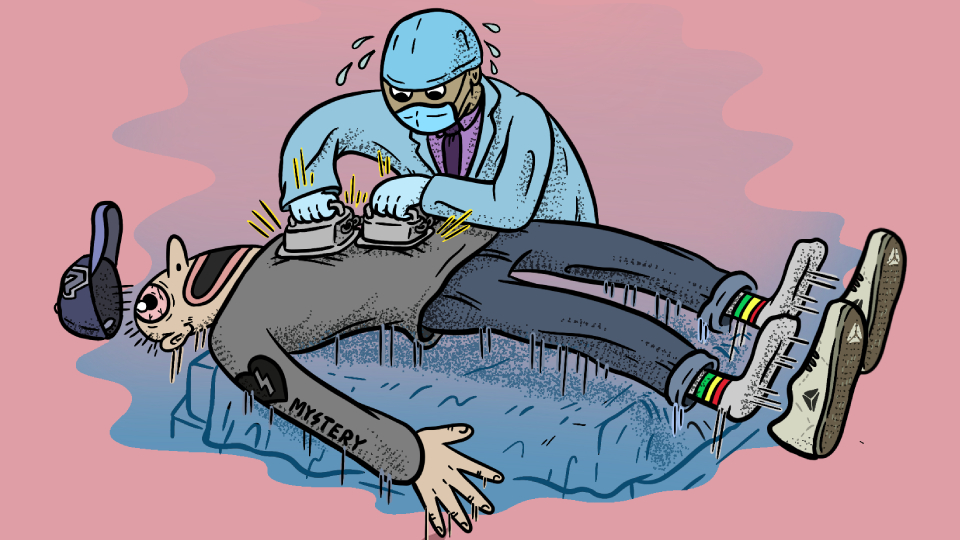
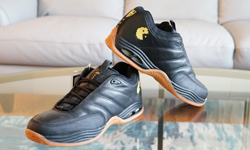
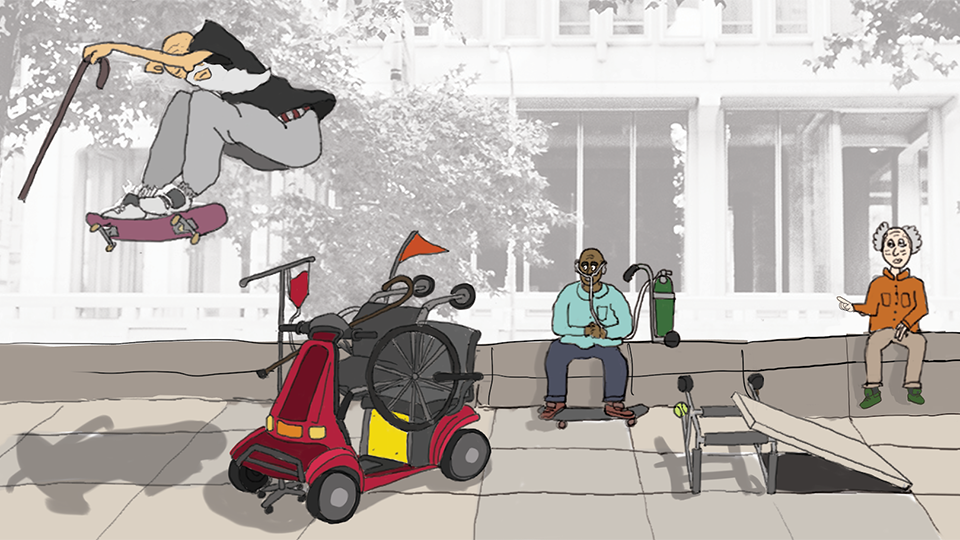

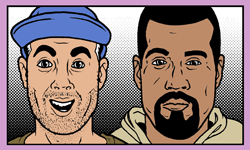

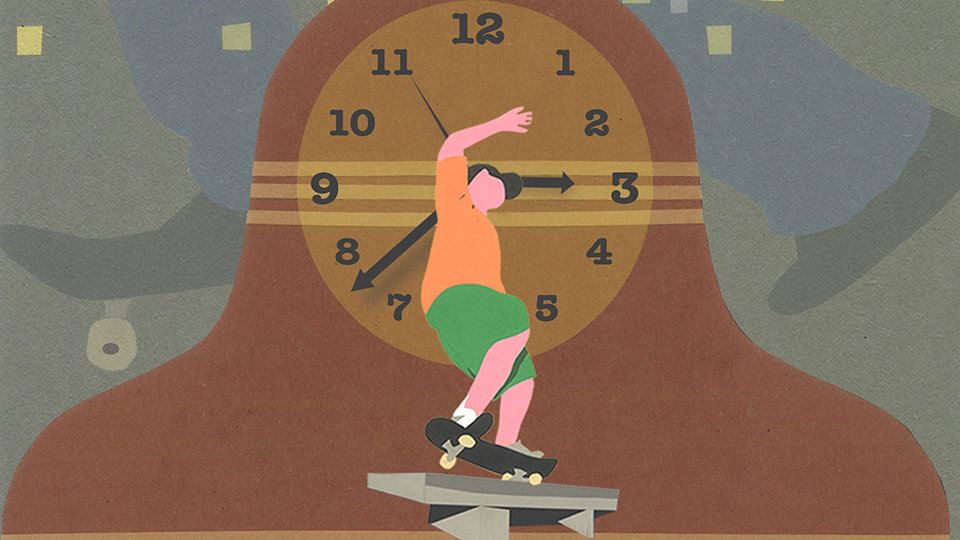
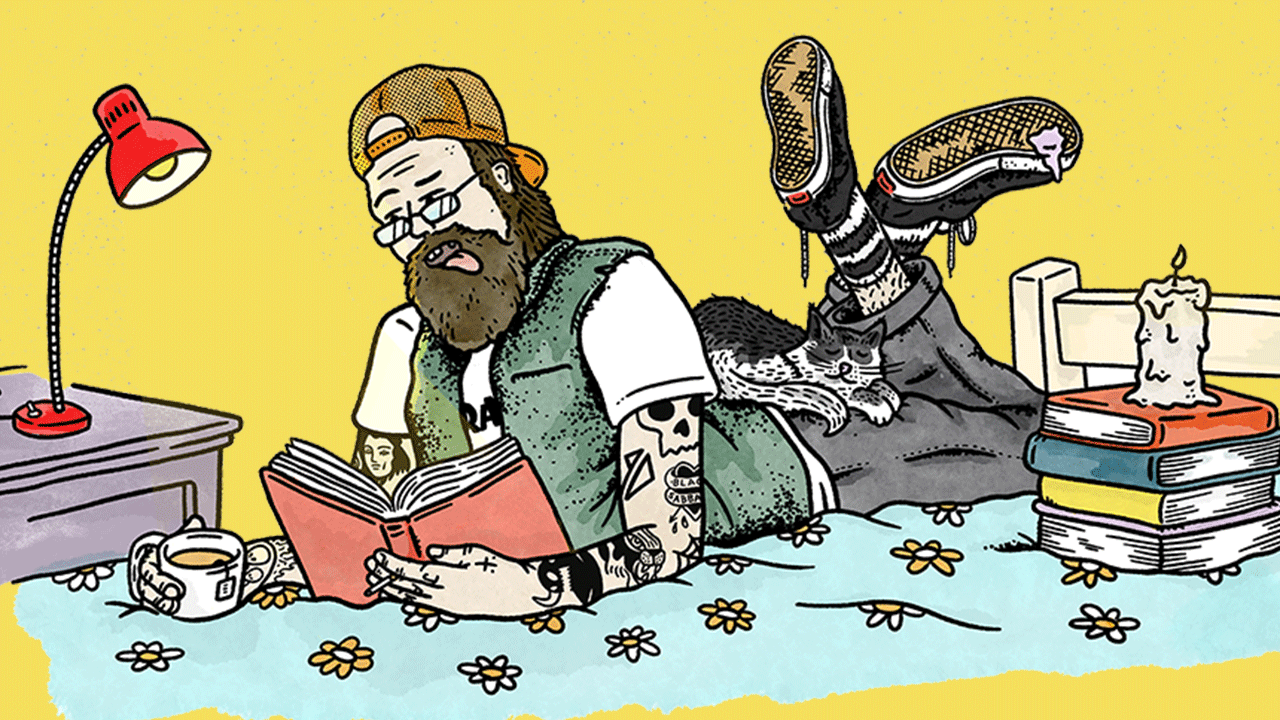
January 21, 2016 2:54 pm
Rad! Jenkem always delivers!
January 21, 2016 2:56 pm
Good shit! Peer-reviewed literature on skating let me write about nothing but skateboarding for an entire term.
January 21, 2016 3:06 pm
this is amazing. thanks for sharing my work guys, huge fan of Jenkem, you guys kill it!
February 5, 2016 5:20 am
Brandon I just read your Thesis and it´s just brilliant, I always had that question in mind of how Nike SB, without been a core brand , has that succees…and I also have to say DON´T DO IT!, keep the core brands alive, only skater owned…so thank you very much for your work and congrats from Madrid, Spain.
January 21, 2016 3:26 pm
One might like to consider the work of Emily Chivers Yochim on the notion of skateboarding and identity/gender politics found here:
http://quod.lib.umich.edu/t/toi/7300267.0001.001/1:5/–skate-life-re-imagining-white-masculinity?g=dculture;rgn=div1;view=toc;xc=1
It’s got some pretty far out claims in it that were taken quite a bit deeper than Becky Beal’s were. Although some of it may similarly inspire you to knock your head against the wall a few thousand times.
Tyler Dupont’s article annoyed the shit out of me because it oversimplifies or maybe aggrandizes the concept of skateboarding as having a clear and accessible social structure. He ignores that for a lot of people that’s a big crock of shit. To the types of people who tend to form hierarchies (within skateboarding or within any cultural subdivision) skate loners, freestylers, and ‘circus-trick’ performers might as well be playing devil sticks with a helmet on out in a McDonalds play-pen. There is no unanimous “horizontal core” accessible on the basis of proving your commitment to performance or to documentation of said performance. Dupont shouldn’t have neglected the even more rigid sub-structure within the macro-structures of “core”, “soft-core”, and “outsider”. All you gotta do is consider the video of Grosso, Steve Olson, and former Z-boys going on about circa 80’s Rodney Mullen and other freestylers as being decidedly “kooks” or something. Obviously the younger gen. called bullshit on that when street came in to the picture.
Skateboarding’s the same as fuckin’ anything else in that regard.
January 21, 2016 3:31 pm
I used Emily Yochim’s book, Skate Life, a ton while writing my paper. She just released it whilst I was in the middle of starting my thesis. It was a great book and an excellent resource.
January 21, 2016 3:43 pm
For sure, it’s a really thoughtful and entertaining book. I liked it, but some of it rubbed me the wrong way. I’d have to go look at it again to explain myself. I’m gonna give your paper a read asap, but my brain is kinda fried. Too many head slams last year.
January 21, 2016 3:36 pm
Sorry didn’t mean to bring Z-boys into the picture.
I mixed up https://www.youtube.com/watch?v=NSzKaDxVK20
with
https://www.youtube.com/watch?v=JNFn2mPDhr4
It’s Grosso, Blender, Stranger etc.
January 21, 2016 3:45 pm
Sorry didn’t mean to bring the Z-boys into this. I was conflating two different videos. The Grosso one had all the Santa Cruz dudes but no Z-boys.